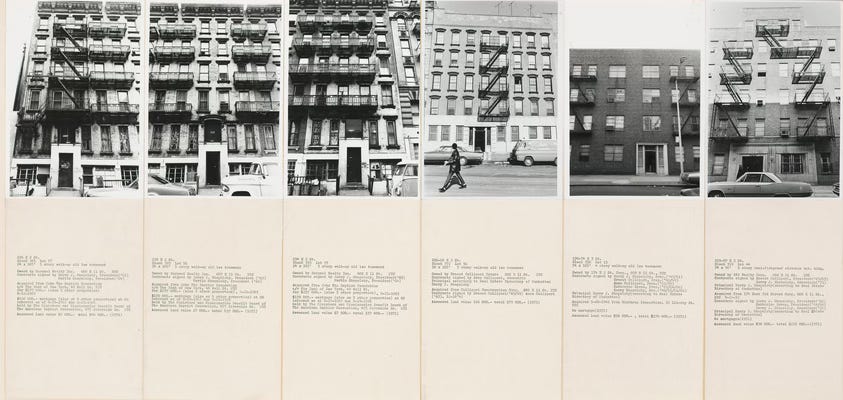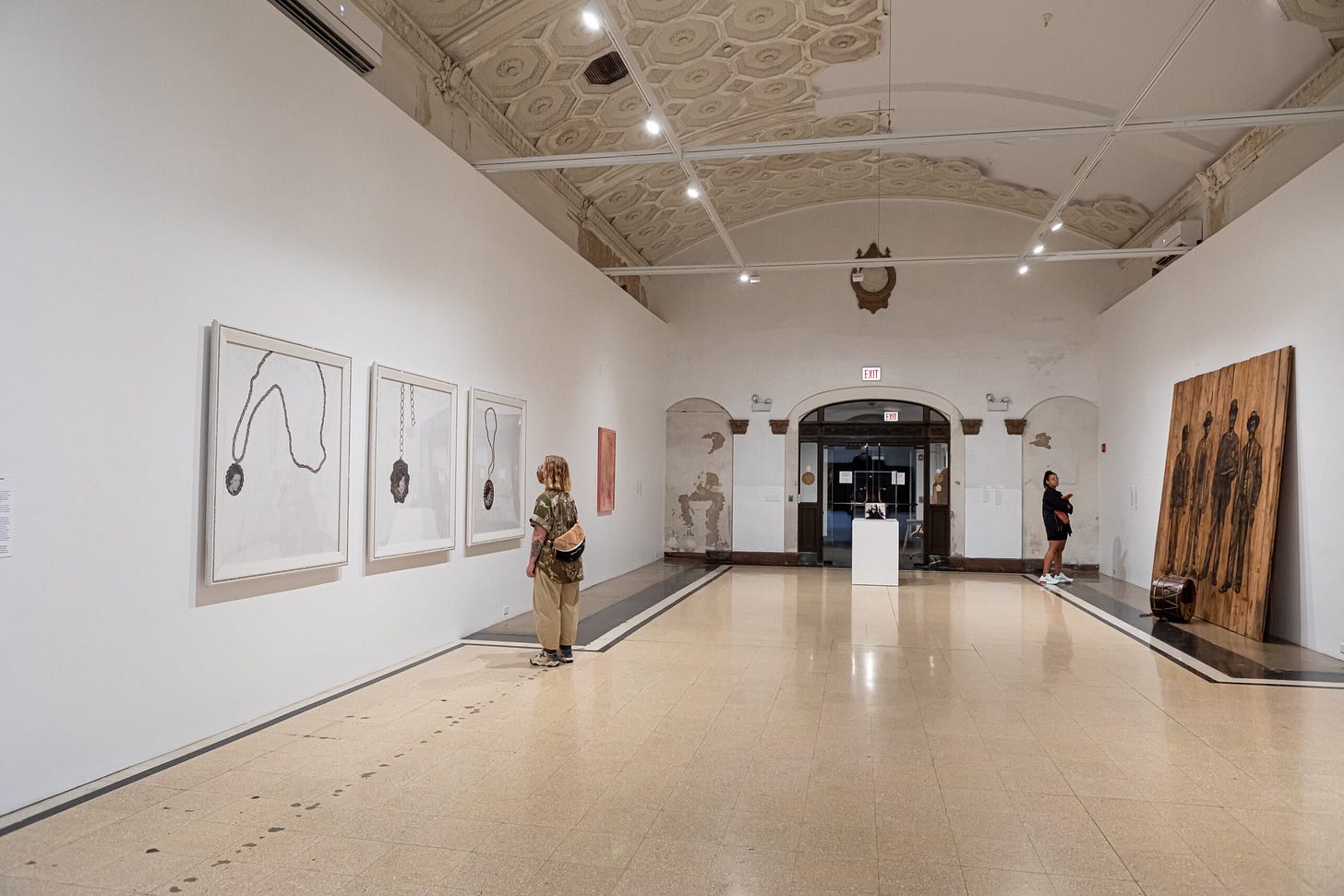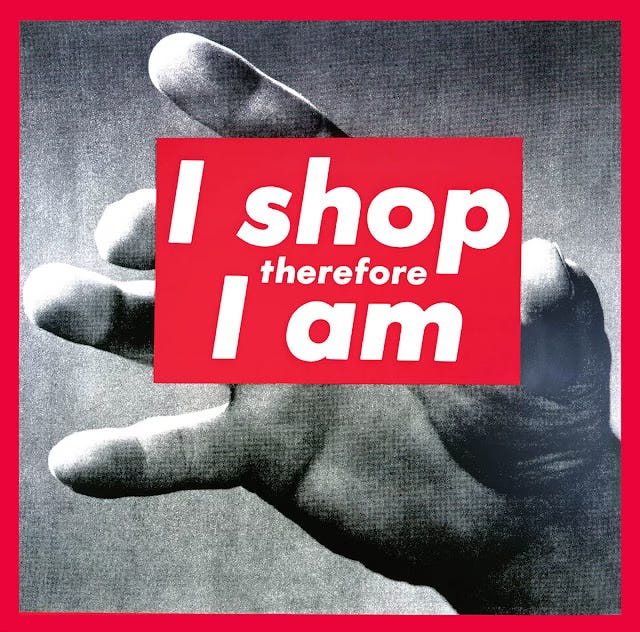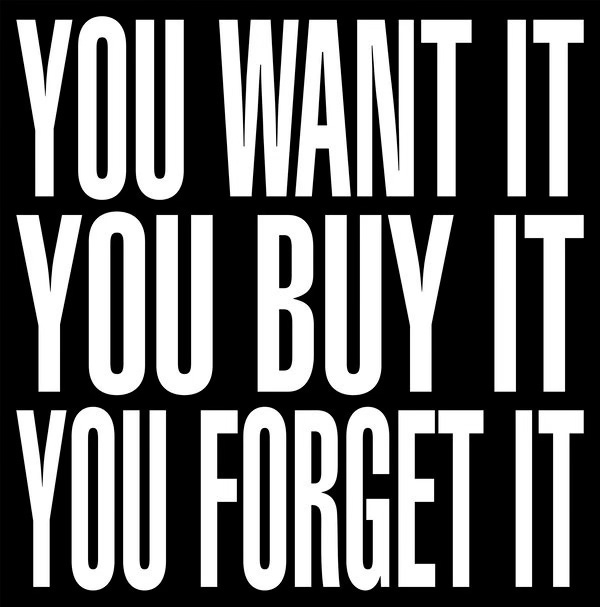Too grounded for the VIP lounge spelled in gold lettering. Too scared for the street food stall whispering, “This might end with you Googling ‘pharmacy near me.’” Welcome to the overpriced sandwich economy.
It’s me, somewhere in the middle. Bench seating. €15 sourdough with prosciutto. A coffee that tastes like regret. Wondering — as tourists, expats, and remote workers — how we keep landing in these sterile little VIP bubbles locals can’t afford. Orbiting real culture, but never quite landing. Leblon. Los Cabos. Lisbon. Insert your own.
I was raised to save. Not the color-coded-budget-app kind. The quiet, practiced frugality that comes from real scarcity. Even now, with an adult bank account, the reflex kicks in: side-eyeing anything labeled “luxury experience” like it might bite.
But the opposite feels risky too. Street food roulette. Sketchy hostels. Falling into a Wi-Fi dead zone with no escape.
So here I am. Floating in between. Economically. Emotionally. Culturally. And no — this tension isn’t just mine. Artists have been poking at this weird middle space — between privilege, access, and exclusion — for decades.
Hans Haacke: Making Art Institutions Extremely Uncomfortable
In 1971, the Guggenheim straight-up canceled Hans Haacke’s solo show because of one piece: Shapolsky et al. Manhattan Real Estate Holdings.
Not a painting. Not a sculpture. A forensic investigation — maps, photos, ownership records — exposing how one real estate family laundered wealth and kept New York’s neighborhoods segregated and unaffordable. Turns out, some museum board members were part of… guess what? The real estate business.

A year earlier, his MoMA show asked visitors to fill out a questionnaire about their views on Nixon — making them complicit in the work. Decades later, Haacke’s question still bites: Can art institutions pretend to be neutral when they’re bankrolled by the same forces that drive inequality?
And by extension…Can we — expats, digital nomads, tourists — pretend that Airbnb-hopping, cafe-surfing lives don’t quietly replicate those same dynamics?
Theaster Gates: If Gentrification Had a Counter-Spell
If Haacke holds up a mirror, Theaster Gates picks up a hammer. Artist, urban planner, magician (or, in nerd terms, “social practice installation artist”). His work doesn’t stay in galleries — it spills into neighborhoods the world tried to forget.
Gates buys abandoned buildings on Chicago’s South Side — spaces left to rot thanks to racist redlining and disinvestment — and transforms them into cultural centers, libraries, and living archives.
His most famous? Stony Island Arts Bank. Once a crumbling bank. Now, a cathedral of Black culture, filled with things no one else bothered to preserve — thousands of Jet magazines, glass slides of art history, and old vinyl.
His art doesn’t hang on walls. It builds walls. And floors. And futures. Asking:
Whose culture gets preserved? And whose history gets erased?
Then there’s Barbara Kruger — the queen of red, white, and black truths that slap you in the face.
They look like ads because they’re critiques of ads. Her “I shop therefore I am” hits differently when you’re sitting in La Paz café (Mexico), €6 matcha latte in hand, realizing the decor tastes like gentrification.
Or the time she hijacked The New York Times on Black Friday with: “You want it. You buy it. You forget it.” A punch disguised as typography.
Kruger reminds us: consumerism isn’t just about stuff. It’s about power. About validation. About belonging. It’s about cushioning ourselves from discomfort — while quietly feeding the systems that cause it. Because let’s be honest: a lot of expat life runs on this engine. The right coworking space. The right yoga studio. The right rooftop bar. Curated not just for comfort but to signal who we are.
And that’s the thing about the overpriced-sandwich economy. It’s not brave enough for the rawness of street chaos. Not bold enough to demand the gates open. Not rich enough to float above the rules.
So… where do you land in this ecosystem?
🟨 Floating in the overpriced middle.
🟥 Running toward the velvet ropes of VIP comfort.
🟦 Happily rolling with the street food gamble.
Or maybe, sometimes — all of the above.
Like what you're reading? Throw a bone to the leopard and help this experiment keep running wild (and free).Donate if you can. Everything stays free either way.Not ready to donate?❤️ Tap the heart💬 Drop a line in the comments🔁 Re-stack or share with a curious friend📸 Instagram works too







I was recently pondering on this concept of the Sandwich Economy you coined, while on a trip to Indonesia. Nicely put! Somewhere between 🟦 and 🟨. This does remind me of what ended up being an interesting social experiment on what we are willing to do and spend. I’d say the foot pictures are also true art
https://www.vice.com/en/article/i-made-my-shed-the-top-rated-restaurant-on-tripadvisor/